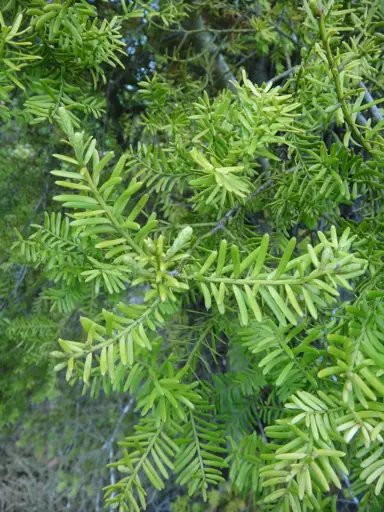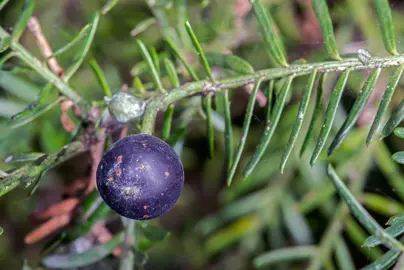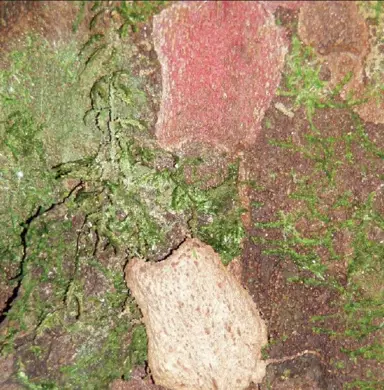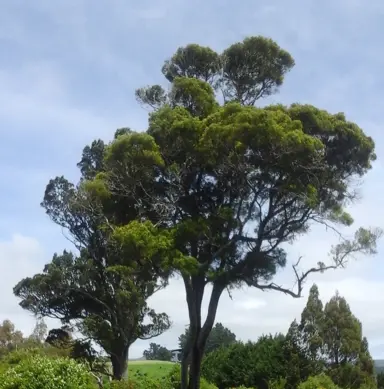How to grow a Matai Tree
Matai trees grow best in sheltered positions with moist, well-drained soils. They are not tolerant of strong winds, so it is important to choose a planting location that is also protected from wind.

The Matai tree, native to New Zealand, is a remarkable species with a rich history and unique characteristics. Known scientifically as Prumnopitys taxifolia, it is a member of the Podocarpaceae family. This majestic tree is renowned not just for its ecological significance but also for its aesthetic appeal and practical uses. In this guide, we will delve into the fascinating world of the Matai tree, exploring its features, habitat, and importance in both natural and cultural contexts.
Planting Matai trees and getting them to grow well is generally easy when you get a few of the basics right. This involves planting them in the right soil type, choosing the most ideal planting position, and ensuring the plants have the essentials to thrive. The Plant Company has the right advice to ensure success!

Matai trees grow best in sheltered positions with moist, well-drained soils. They are not tolerant of strong winds, so it is important to choose a planting location that is also protected from wind.
Here are some tips for planting Matai trees:
With proper care, your Matai tree will thrive!

The Plant Company has the best Matai trees for sale in NZ. Our production nursery specialises in growing amazing plants and our logistics team pack them carefully for our customers. The pricing is competitive and the quality is exceptional. Let us look after your tree and plant needs and impress you with both our products and service!

Matai trees, scientifically known as Prumnopitys taxifolia, are native to New Zealand and are found throughout the country's lowland forests. They favor fertile, well-drained soils and can thrive in areas with low rainfall. Matai trees are typically found in mixed-species forests, where they co-exist with other conifers and broadleaf trees.
Matai trees are often found in mixed-species forests, where they co-exist with other conifers such as rimu (Dacrydium cupressinum), kahikatea (Dacrycarpus dacrydioides), totara (Podocarpus totara), and miro (Prumnopitys ferruginea). They can also be found growing alongside broadleaf trees such as beech (Nothofagus fusca) and tawa (Beilschmiedia tawa).
Matai trees are an important part of New Zealand's native flora and play a vital role in maintaining healthy forest ecosystems. Their ability to tolerate a range of environmental conditions and their long lifespan make them a valuable addition to any landscape.
The Matai tree is easily recognizable due to its distinctive features. It can grow up to 25 meters tall, with a trunk diameter reaching up to 1.3 metres. The tree's bark is one of its most defining characteristics. As Matai trees mature, their bark peels off in thick, flaky chunks, revealing a vibrant reddish-brown inner layer. This peeling bark can often be seen littered around the base of the tree. The leaves of the Matai tree are another point of interest. They are small, linear, and a dark green colour, offering a beautiful contrast against the lighter bark. These leaves are arranged spirally on the branches, giving the tree a lush, dense appearance.

To identify a Matai tree, look for the unique combination of its flaky bark, small dark green leaves, and tall, straight trunk. The peeling bark, often seen in layers at the tree's base, is a significant indicator. Additionally, the tree's height and the arrangement of its branches can help differentiate it from other species.
The Matai tree undergoes several seasonal changes that can aid in identification. During the flowering season, which typically occurs in spring, the tree produces small, inconspicuous flowers. These are followed by the development of fleshy, dark purple-black fruit, which ripens in the autumn. Observing these changes can provide further clues to the tree's identity.

Matai trees play a crucial role in New Zealand's forest ecosystems. They provide habitat and food for various bird species, including the New Zealand pigeon, or Kererū, which feeds on the tree's fruit. The trees also contribute to the forest's structural complexity, offering shelter and nesting sites for other wildlife.

The Matai tree is predominantly found in the lowland and montane forests of New Zealand. It thrives in fertile, well-drained soils and is commonly found alongside other native species such as the Totara and Rimu. Matai trees are more common on the North Island but can also be found in parts of the South Island, particularly in areas that offer suitable growing conditions.
Whether you need assistance finding the plant you’re looking for or you simply want to know more about who we are and what we do, we invite you to get in touch with us today. A member of The Plant Company team will get back in touch as soon as possible.
